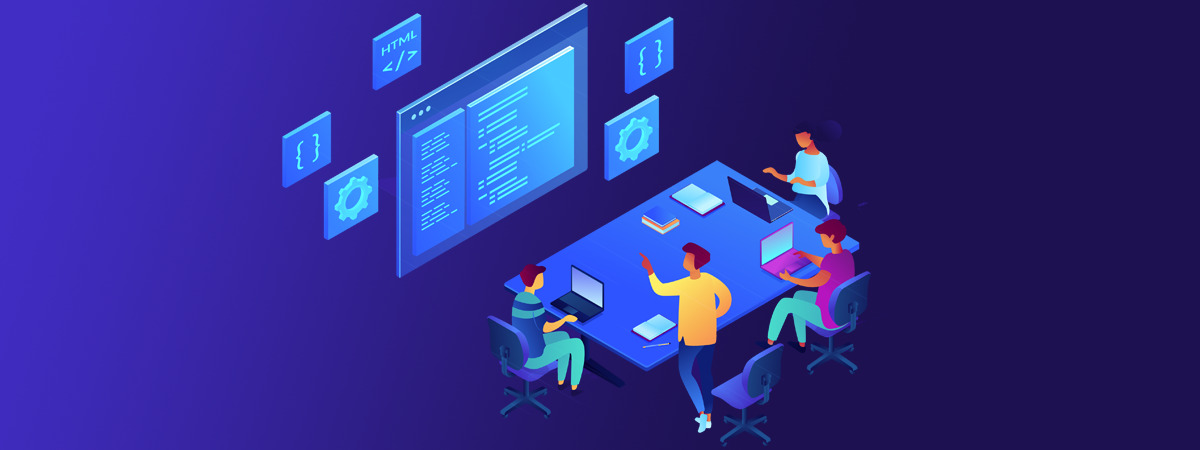Strategy for Modernizing a SaaS Product
Since it comes up from time to time in our community, we wanted to share a strategy that aims to overhaul and modernize a data-center based SaaS product while prioritizing quality, development velocity, and customer success. Our short-term focus is on assessment, modernizing design, and incremental cloud migration. In the long term, our strategy shifts to full cloud migration, advanced analytics, continuous deployment, proactive support, and user education. By executing this SaaS modernization strategy, your product can transition into a modern, scalable, and customer-centric solution, ensuring its competitiveness for years to come.
Short-Term Strategy for Modernizing SaaS
(3-6 months)
1. Assess the Current State
Conduct a thorough assessment of the existing data-center based SaaS product. Identify pain points, technical debt, and areas requiring modernization.
2. Transform to Agile
If necessary, transition development teams to Agile methodologies for iterative and collaborative workflows. Implement Scrum or Kanban processes for efficient task management.
3. Reduce Technical Debt
Prioritize and address technical debt with targeted refactoring and optimization. Focus on improving codebase maintainability and scalability.
4. Migrate to the Cloud (Incrementally)
Start migrating critical components of the SaaS product to a cloud-based architecture. Leverage cloud services (e.g., AWS) for scalability, resilience, and cost-efficiency.
5. User-Centric Design Updates
Gather user feedback and revamp the user interface for improved usability. Enhance user experience with modern design principles and responsive layouts.
Long-Term Strategy for Modernizing SaaS
(1 year)
1. Complete Full Cloud Migration
Plan and execute the complete migration of the SaaS product to a cloud-native architecture. Leverage containers and microservices to improve scalability and flexibility.
2. Continuous Integration and Deployment (CI/CD) Excellence
Establish a robust CI/CD pipeline for automated testing and deployment. Aim for daily or multiple daily deployments to ensure rapid feature delivery.
3. Advanced Analytics & Machine Learning Integration
Integrate advanced analytics and machine learning capabilities for data-driven insights. Offer predictive and prescriptive analytics to users for better decision-making.
4. Proactive Customer Support
Implement AI-powered chatbots for real-time user support and issue resolution. Provide proactive alerts and solutions to prevent potential disruptions.
5. User Education and Training
Develop comprehensive user guides, video tutorials, and knowledge bases. Offer training sessions to empower users to fully utilize the modernized product.


Leave A Comment